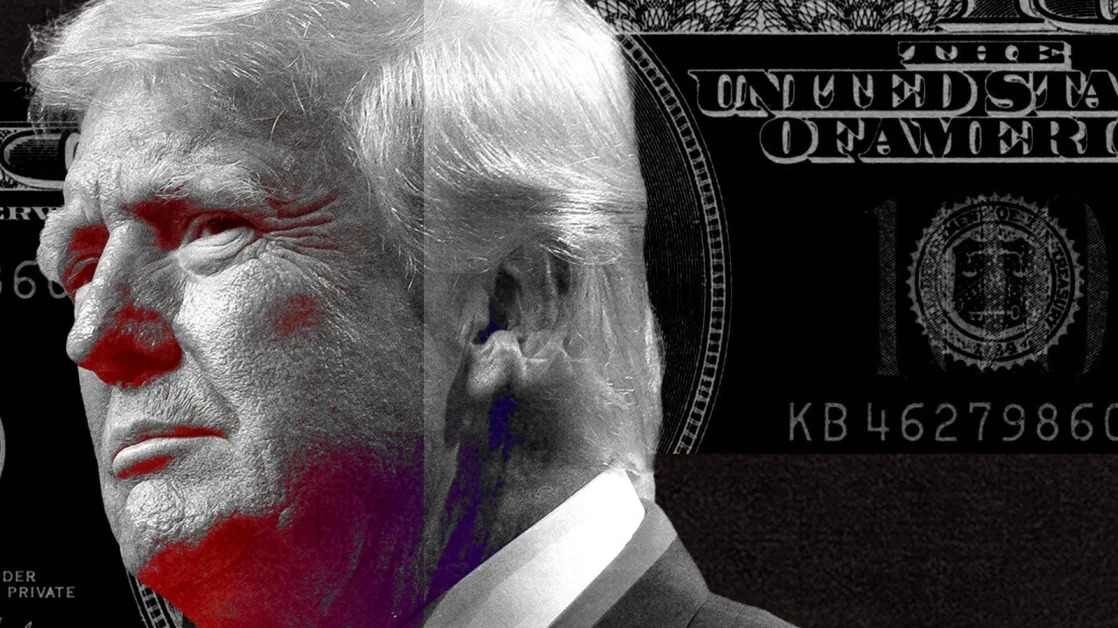Circle’s USDC stablecoin has reached a new all-time high, surpassing $60 billion in market capitalization. Over the past three months, its market share has grown to 25.4%, up from 20.7%. In the same period, $16.5 billion worth of new USDC was minted, compared to $4.7 billion in new USDT. Despite this, Tether remains the dominant stablecoin with a market cap of $144 billion, holding about 63% of the market.
A key factor driving USDC’s growth is the regulatory environment. In Europe, MiCA regulations came into full effect on Dec. 31, 2024. Circle was the first stablecoin issuer to comply, selecting France as its European headquarters. Meanwhile, Tether has been delisted from several exchanges in the EU due to the lack of an e-money license. Coinbase Europe removed USDT from its platform in December, and Binance followed suit earlier this month. Some exchanges have been offering incentives for users to transition from USDT to USDC.
In Japan, Circle secured approval after two years of discussions with regulators. Circle Japan KK has partnered with SBI Holdings to offer USDC, starting with a listing on SBI VC Trade on March 26. Binance Japan and Bitbank are also expected to list USDC soon.
Solana has played a significant role in USDC’s adoption. The total value of stablecoins on the network recently crossed $10 billion, with USDC making up nearly 80% of that. Data from Artemis Analytics shows that USDC has outpaced USDT in growth, adding $16.3 billion to its supply in the last three months, while USDT’s supply grew by only $4.4 billion.
Stablecoins have gained more traction overall. In 2024, stablecoin transactions surpassed those of Visa and Mastercard combined by nearly 8%. The total stablecoin supply grew by 59% over the year, exceeding $200 billion and pushing their share of the total U.S. dollar supply to 1%, up from 0.63% at the beginning of 2024.
In the U.S., lawmakers are focusing on stablecoin regulation. The GENIUS Act, currently under review in Congress, proposes stricter reserve and audit requirements. Tether has faced scrutiny over the transparency of its reserves. JPMorgan recently suggested that Tether might have to sell off some of its Bitcoin holdings to comply with potential new regulations. A Tether spokesperson said the company would adapt to any new requirements. Meanwhile, Reuters reported that Tether is in talks with a Big Four accounting firm—PwC, EY, Deloitte, or KPMG—for an independent audit.
New stablecoins continue to enter the market. PayPal’s PYUSD and Ripple’s RLUSD have launched as alternatives, while World Liberty Financial Inc. has introduced USD1, a stablecoin backed by U.S. Treasuries and cash deposits. Binance founder Changpeng Zhao responded to concerns about competition, saying that more stablecoins mean more liquidity and greater investor demand.





